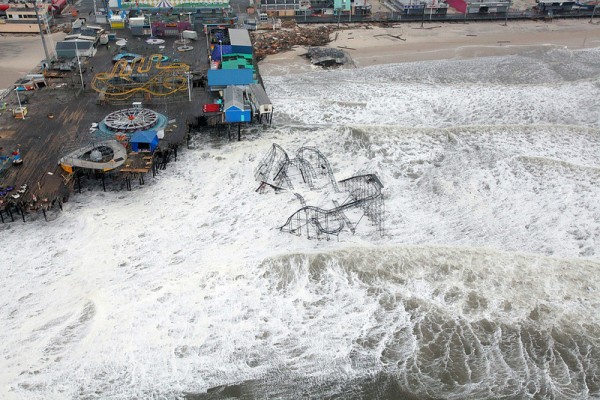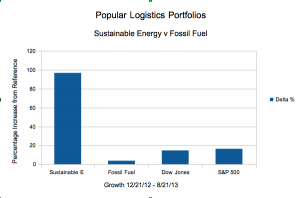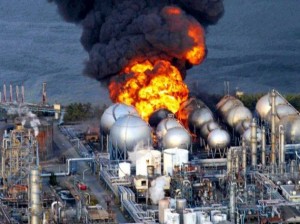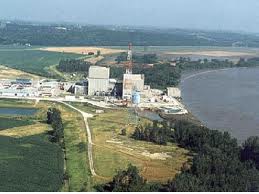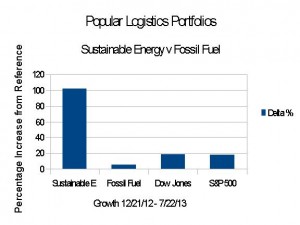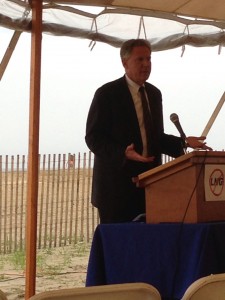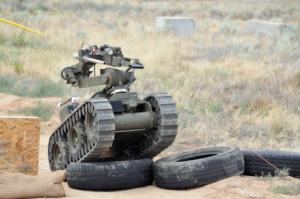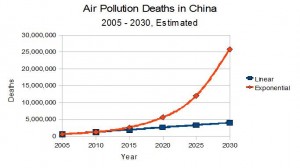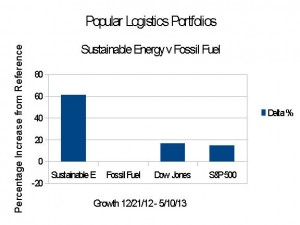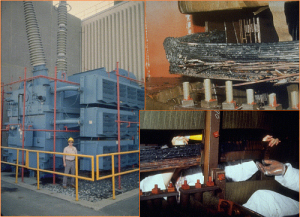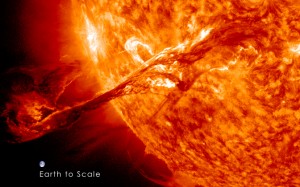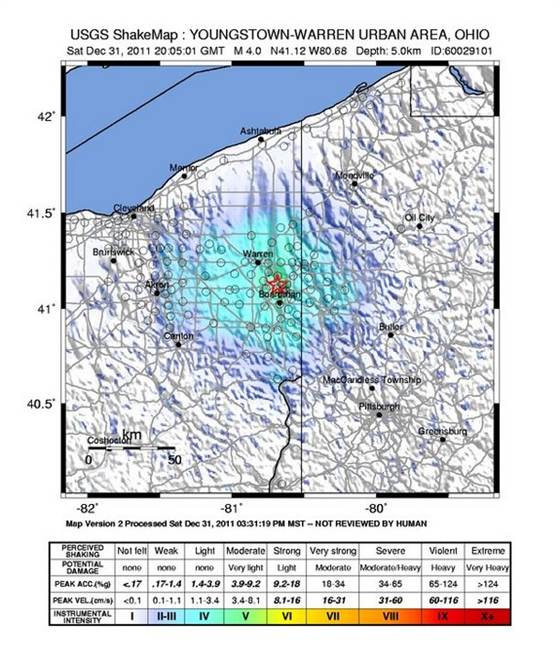
This map shows the intensity of shaking in the area of a magnitude-3.9 earthquake that struck near Youngstown, Ohio, on Dec. 31, 2011. Research has linked this earthquake to the underground injection of wastewater from fracking. Courtesy USGS
As reported on Live Science, here, and NBC News, here, disposal of wastewater from Hydraulic Fracturing, “Fracking,” has been linked to earthquakes in Ohio. As reported in Green, a the NY Times blog, here, fracking has also been linked to increased seismic activity in Oklahoma, altho scientists are uncertain whether the earthquakes are because of the injection of wastewater underground or the extraction of oil and methane via fracking.
This makes perfect sense. Fracking is, after all, injecting explosives under tremendous pressure into underground rock formations, then exploding the rock formations. To expect that not to have other effects – such as earthquakes – would be naive.
